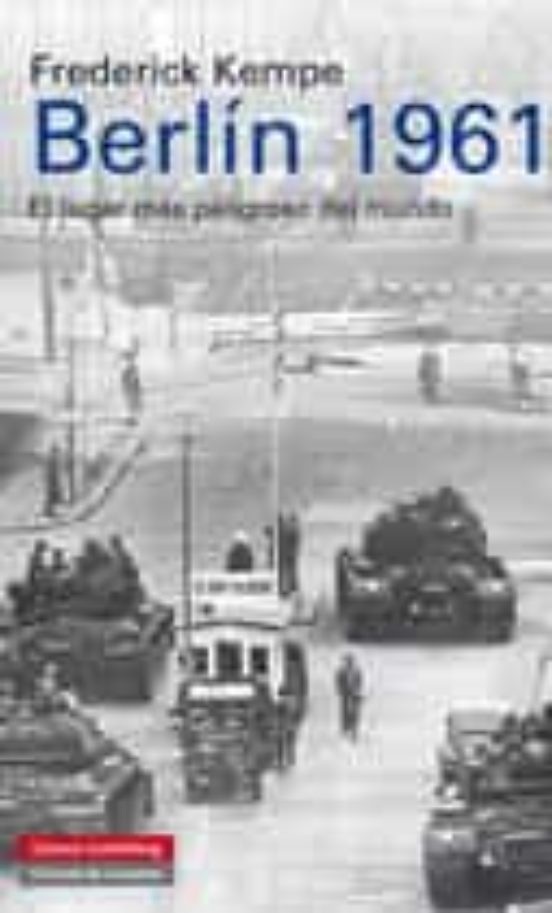


Berlin faded from the headlines for 28 years, until in 1989 both the wall and the cold war came to an end. No meeting of minds occurred, and the wall went up, but Kempe concludes that it solved the problem and avoided a war. His latest book, BERLIN 1961: Kennedy, Khrushchev and the Most Dangerous Place on. The more experienced but mercurial Khrushchev wanted better East-West relations despite hostility from his hard-line rivals and East German leader, Walter Ulbricht, an unreconstructed Stalinist who despised him. Frederick Kempe has held the position of President and CEO of the. Still reeling from his Bay of Pigs humiliation, President Kennedy yearned to prove himself the stalwart leader of the free world. Assembling personal accounts and newly declassified documents, Kempe writes a gripping, almost day-by-day chronicle of colorful, often clueless leaders and their byzantine maneuvers. It was an exasperating brain drain, and the danger that other eastern Europeans would cross over threatened to destabilize the Communist region. For years, citizens of Communist East Germany streamed across the open border into prosperous West Berlin: 200,000 in 1960 alone. On the 50th anniversary of its construction, Kempe, President and CEO of the Atlantic Council and a former Wall Street Journal staffer, delivers a definitive history of the Berlin Wall.


 0 kommentar(er)
0 kommentar(er)
